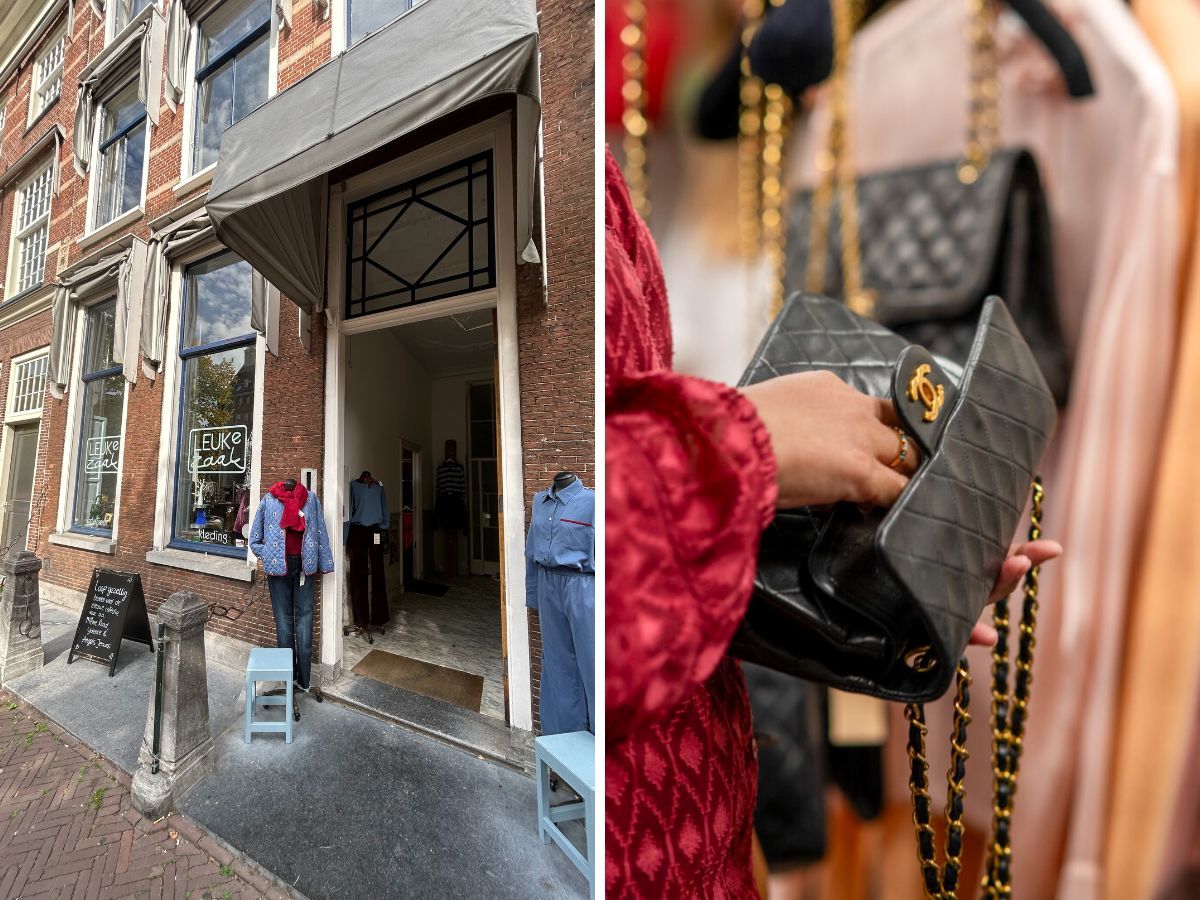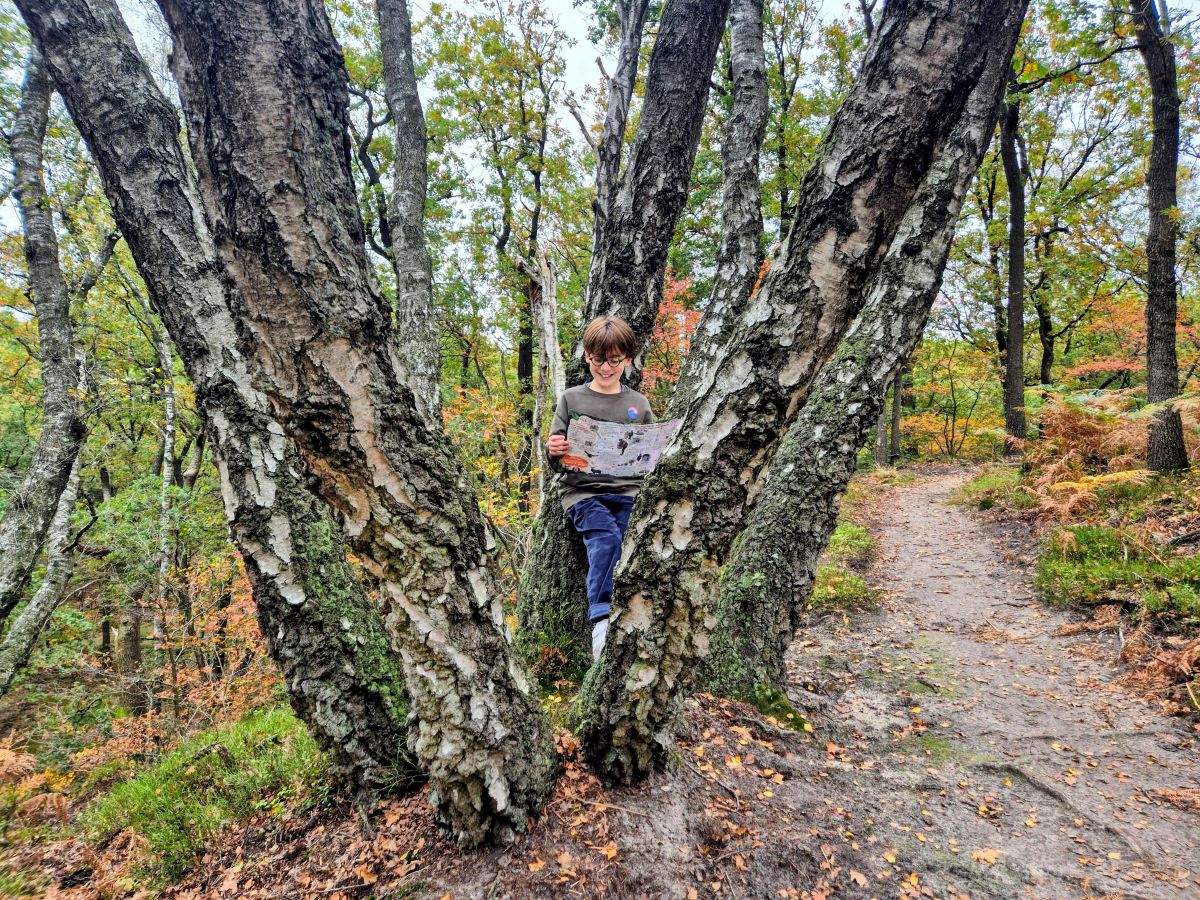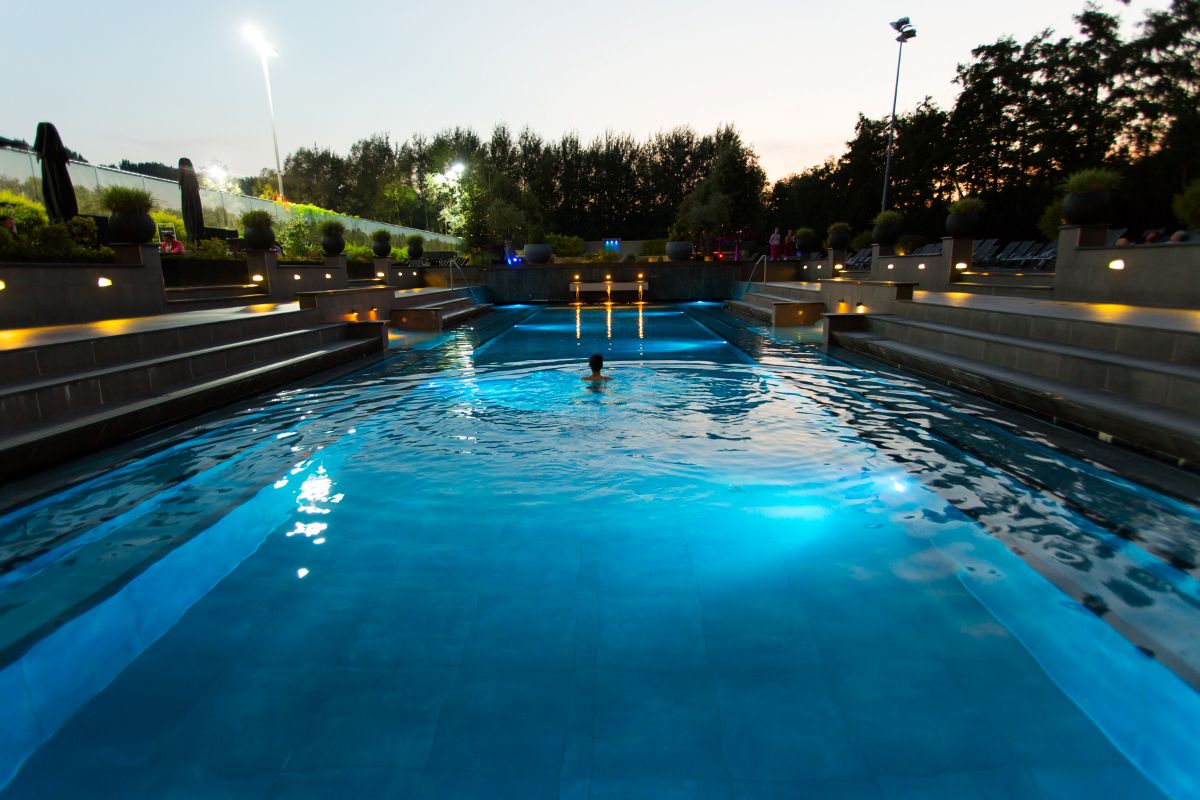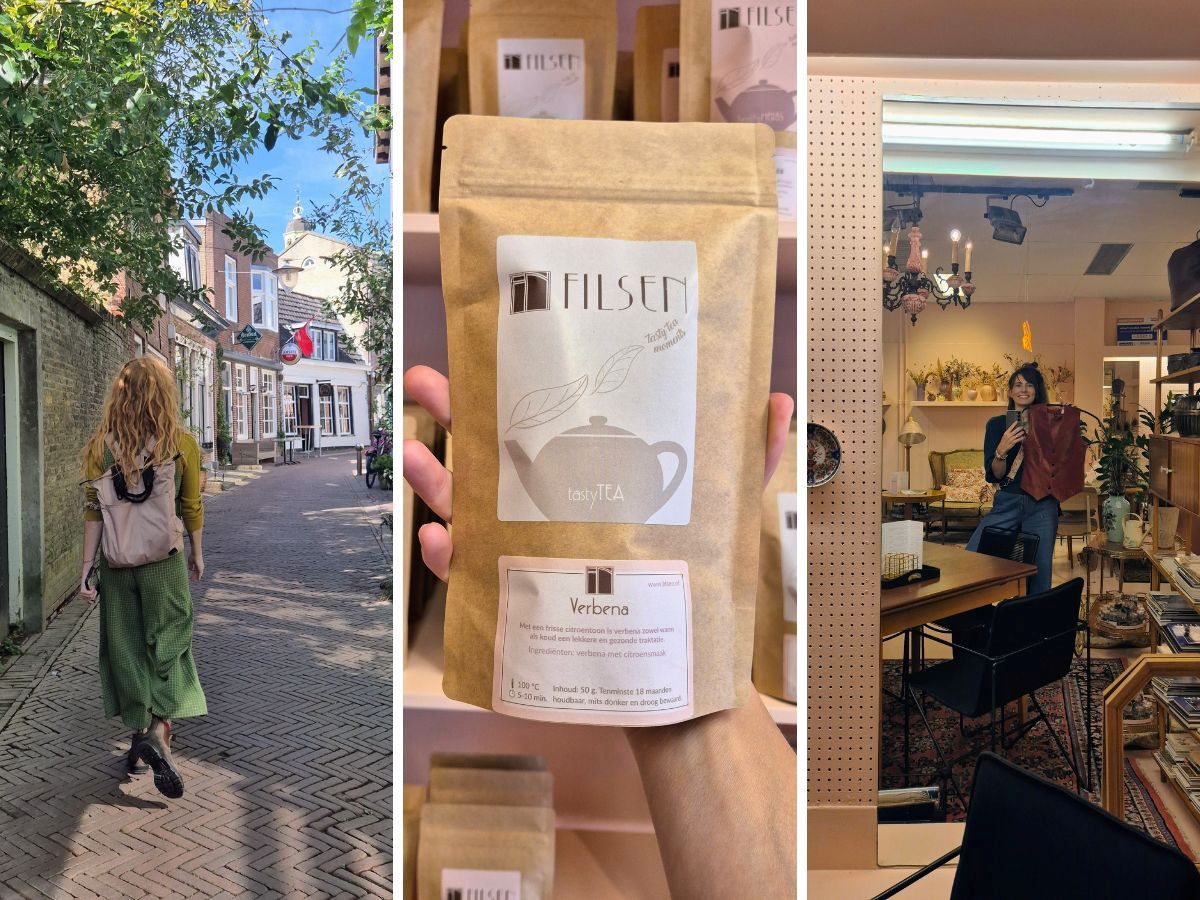You go camping, super fun. A holiday full of adventure and relaxation! In advance, you are busy preparing for your holiday: how will you camp and what will you take with you? We previously shared tips for finding the best second-hand motorhome, caravan or tent. This time we dive into the packing list. There's so much camping gear out there. Do you really need all that? And how can you buy it second-hand and more environmentally conscious?
Camping gear: I'm going sustainable camping and I'm taking....
Camping tends to be a more sustainable way of holidaying. Back to basics and close to nature to enjoy a unique holiday. And yet with camping comes a considerable packing list. Especially if you haven't camped very often before. Then you may be tempted to take far too much with you. Do you really need all that camping gear and should you buy it all new? Absolutely not! You need much less than you think. Besides, you can find a lot of second-hand via Marktplaats. Via Hikershouse, Peerby and Decathlon you can even rent a complete set of camping gear: tent, cooker, beds, table, chairs, in short, anything you want. And should you still decide you want to buy it new, there are plenty of options to do it more environmentally conscious.


To enjoy your camping adventure, it is important that you have thought of a few essentials. You can buy these new, but you can also find all kinds of things second-hand or in your friends' or family's attic!
Step-by-step plan for buying camping equipment
By taking a more sustainable approach to your packing list, you actually save money and are more likely to choose quality. With this roadmap, I'll help you get started:
- Make a list: Make a list of things you think you will definitely need. First, see if you already have these things in the house. Only buy the essentials (I will come back to this later). While camping, you will find out if you are missing anything. These can be bought quickly enough.
- Deepening: Immerse yourself in all sustainable camping options. Visit several camping shops to see what is possible. Also ask the staff there all your questions so that you get a complete picture of what is on the market and what to look out for. Don't feel obliged to buy something (new) right away after a good help from an employee.
- New or second-hand: Besides overflowing camping shops, there is also a large supply of second-hand camping gear these days. Most of it can be found on Marktplaats, but I also find more and more camping gear in thrift shops. In my opinion, buying the things you really need second-hand as much as possible is one of the most important sustainable camping tips! With clever searches, you can find the best stuff.
- Testing: Before your holiday starts, it is always useful to go on a weekend test camping nearby. That way you will immediately know if everything is complete and if you are missing any items. Do you have a tent? Don't forget to test the airbeds!


If you go camping with a tent, you will have to think even more carefully about what you should (and can) take with you. With a caravan or motorhome you already have more luxury and can bring more (kitchen) items and utensils from home that you find fine.
Sustainable camping gear
As a novice camper, you tend to bring way too much gear. Believe me, you really don't need everything. And I suspect you already have a lot of it lying around at home. If you have a small budget, spend a little more time finding quality second-hand gear and leave all that cheap stuff aside. As far as I'm concerned, the camping gear listed below is musthaves. Some items you will only need if you go camping with a tent, others will come in handy if you go with a caravan or motorhome. Each packing list item is listed:
- Air bed/mat: If you go tent camping, you'll want a nice bed. Choose a quality mat or air bed and don't skimp on this. Besides, a good air bed will last for years, it comes with a guarantee and is easy to repair. In addition, you'll want an air bed or mat with insulation inside. Make sure your mat has an R-value of 2 or higher. This will prevent cold nights. When it comes to mats, consider brands such as Exped or Vaude.
- Sleeping bag: A warm night is a good night. Think about whether you like having a sleeping bag or can you use a duvet from home? Down sleeping bags are warm, small and light. Vaude has nice sleeping bags made of recycled down these days. Human Nature has beautiful sleeping bags made of synthetic down. And don't forget your pillow!
Hack to keep sleeping bag clean longer
Always use a sheet bag in your sleeping bag. This way, you need to wash your sleeping bag less often. Better for your sleeping bag and better for the environment.
- Chairs/table: Fine folding chairs and a suitable table can be found in large quantities on Marktplaats.
- Cool box: In most caravans you will find a fridge, useful to keep your groceries fresh for longer. If you go on holiday in a tent, choose an electric cooler. You can keep your groceries fresh on the road.
- Cooking: There are a variety of cookers available. Most of them are gas-powered, although nowadays you can also find more and more electric pans and cookers. It is important to know that the power supply is not strong enough for electric cooking on every campsite. Different cookers also come with different gas tanks. If your larger gas bottle from Benegas, Primagaz or Campingaz is empty, you can exchange the empty bottle for a full one. You then only pay for the gas.
Saving tip: score free gas tank?
As there is no deposit on these bottles, many people still have an empty gas bottle in the shed. Ask friends or family if they have an empty gas bottle they don't use anyway. It saves buying a new bottle!
- Tableware: In order to cook, you obviously need crockery. First look at what you have in your cupboard at home and then decide whether you need something ‘new’. You often see camping crockery made of plastic. People choose this because it breaks less easily and is considerably lighter. Plastic tableware or even better: tableware made of recycled plastic is an excellent sustainable choice. Buy no tableware made of bamboo melamine. Although this seems like a sustainable buy, the Dutch Food and Consumer Product Safety Authority issued a health warning. Don't forget to bring a washing-up bowl and dishwashing brush and sponge, too. This too can be more sustainable: choose a natural sponge without microplastics, such as a loofah sponge and a wooden washing-up brush whose cup you can change.
- Current: If you like to have electricity at the campsite, don't forget to bring a power cable suitable for lying outside. Also make sure you have the right connection to the campsite's power box. If you use almost no power, a power bank with a solar panel is also a good sustainable alternative.
- Technical: Just a little list to get your tent or awning up. Besides pegs, bring a rubber mallet. If you want to prevent the underside of your tent from getting dirty, bring a root canvas. If you have a large tent or awning, use a storm strap. Then you can be sure your tent won't go anywhere in bad weather.
- What not to take: There are also many things you don't need to bring. Think of extra stuff. I often hear: ‘we need an extra chair for when we have visitors’ or ‘let's bring disposable crockery for when we have visitors at the campsite, it's easy to wash up’. None of this is necessary. Ask your visitors to bring their own chair, plate and cup. It saves you space in the car and you can wash the dishes with your guests. Besides, I always get the creeps when I see people taking their entire kitchen set with them to the campsite, you really don't need that plastic salad spinner...
Sustainable camping with sustainable camping gear
The packing list above is a very basic packing list and that's exactly the point. If you are new to camping, take only the basics and gradually find out what you need. This way, you avoid stuffing your tent, caravan or motorhome with all kinds of gadgets. A weekend of test camping is therefore ideal to test this!
More sustainable tips from thegreenlist.nl
- Not just a flying holiday, you can also compensate for a car holiday or a camping holiday. This is what you need to know about offsetting CO2.
- Taking the train on holiday is also a way of sustainable travel. Check out this handy list of train tips and train hotspots. That's another way to be prepared for your train journey!
- Minimalism on holiday: tips for travelling with less mess.
Photo credits: Uriel Mont (Pexels), Cottonbro (Pexels), Taryn Elliott (Pexels), Thirdman (Pexels), Vanessa Garcia (Pexels).












